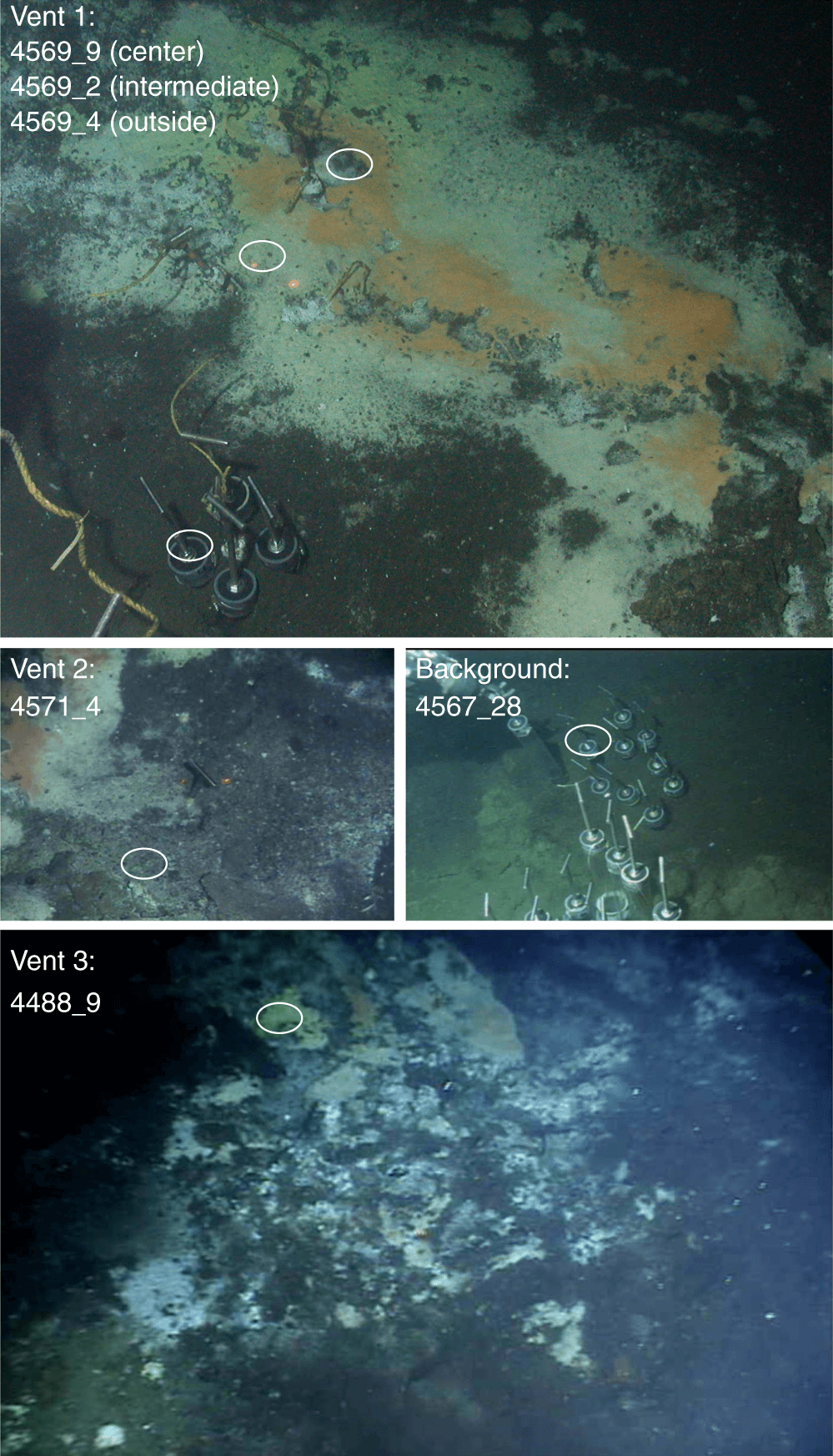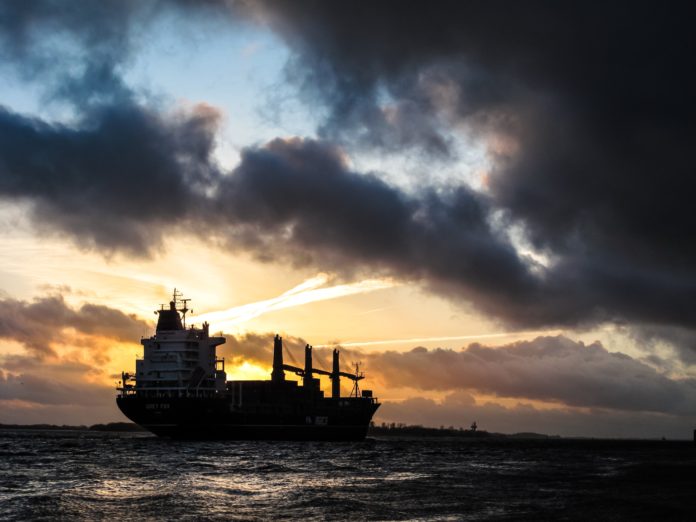The world is a big place, and as much as we like to think we’ve gotten to the deepest depths of the Earth, we’ve only just scratched the surface.
Deep down in the Guaymas Basin in the Gulf of California, a group of scientists from The University of Texas at Austin’s Marine Science Institute has uncovered nearly two dozen new kinds of microbes that have never been seen before. And it appears that these microbes have some pretty strong pollutant-eating powers.

“Beneath the ocean floor huge reservoirs of hydrocarbon gases — including methane, propane, butane, and others — exist now, and these microbes prevent greenhouse gases from being released into the atmosphere,” explains Brett Baker, assistant professor of marine science and primary investigator on the study.
Upon analyzing the deep-sea sediment gathered from 2,000 meters below the surface, the researchers recovered more than 500 genomes, 22 of which were completely new additions to the tree of life. “The tree of life is something that people have been trying to understand since Darwin came up with the concept over 150 years ago, and it’s still this moving target at the moment,” says Baker. “Trying to map the tree is really kind of crucial to understanding all aspects of biology.”
Part of Baker’s team’s work involves investigating interactions that occur between microbial communities and available nutrients taken from the environment. The way in which they do this is by taking sediment and microbe samples and extracting the DNA from them. They then sequence the DNA in such a way that pieces together the individual genomes and gather from the data how these microbes consume various nutrients.
The same submersible that found the Titanic, the Alvin, was employed to collect the microbe samples. “We think this is just the tip of the iceberg in terms of diversity in the Guaymas Basin,” says Baker. “So, we’re doing a lot more DNA sequencing to try and get a handle on how much more there is. This paper is really just our first hint at what these things are and what they are doing.”
Article Source; The University of Texas at Austin – Photo by Jens Rademacher on Unsplash

